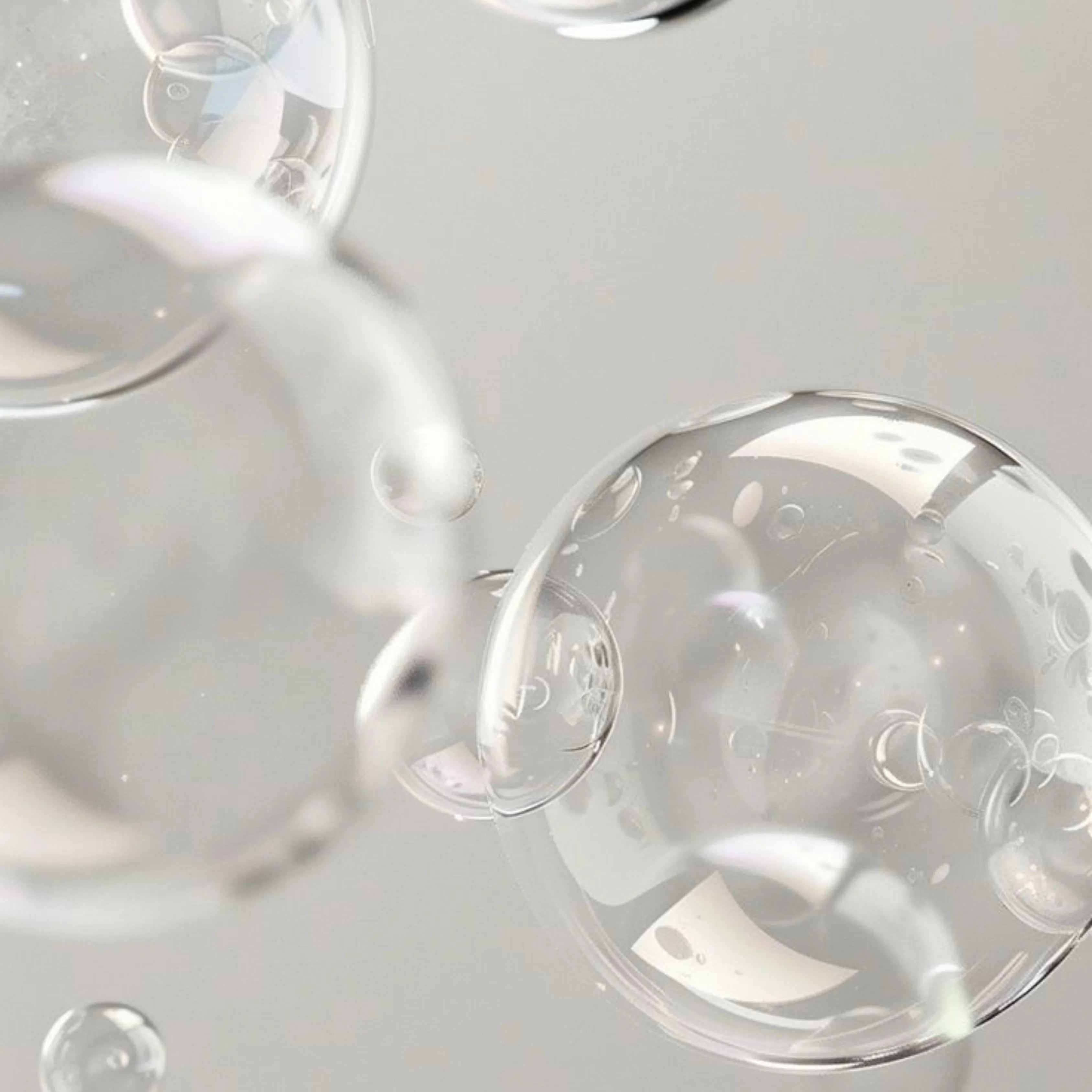With the rise of DIY skincare trends, making your own hyaluronic acid serum at home might seem like a fun, cost-effective option. Platforms like YouTube and TikTok are flooded with recipes promising plump, hydrated skin using minimal ingredients. But while the allure of DIY is undeniable, professionally formulated serums often outperform homemade alternatives in safety, effectiveness, and long-term benefits.
Let’s break down the differences between DIY and store-bought hyaluronic acid serums, and why investing in a high-quality product can make all the difference for your skin.
Why DIY Hyaluronic Acid Serums Are So Popular
DIY skincare offers an appealing sense of control and creativity. It’s easy to see why someone would want to try whipping up a serum at home—especially when the process seems so simple.
Here’s what makes DIY attractive:
-
Cost Savings: A few grams of powdered hyaluronic acid can cost as little as £10 and last for multiple batches. Compared to high-end serums, the price tag is undeniably appealing.
-
Customisation: DIY recipes let you control every ingredient, avoiding parabens, silicones, or synthetic fragrances that might irritate sensitive skin.
-
Simplicity: With only 2–3 ingredients in many recipes (e.g., hyaluronic acid powder, distilled water, and aloe vera), the process appears straightforward.
However, skincare isn’t just about mixing ingredients—it’s about understanding how they interact, their stability, and their efficacy on the skin.
The Science of Store-Bought Hyaluronic Acid Serums
1. Precision Formulations for Maximum Impact
Hyaluronic acid isn’t a one-size-fits-all ingredient. Different molecular weights determine how deeply it hydrates:
-
High-Molecular-Weight: Sits on the surface, providing instant plumping and smoothing.
-
Low-Molecular-Weight: Penetrates deeper, delivering hydration at the cellular level.
Store-bought serums are carefully formulated to include multiple molecular weights, ensuring layered hydration for long-lasting effects. Most DIY recipes lack this complexity, leaving you with a one-dimensional product.
2. Safety First: Stability and Preservatives
DIY recipes often skip preservatives, leaving the final product vulnerable to bacteria, mould, or yeast. While this might not seem like a big deal at first, applying a contaminated serum can lead to skin irritation, redness, or even infections.
Professional serums undergo rigorous stability testing to ensure they’re safe to use over time. Ingredients are balanced to maintain the serum’s pH, texture, and efficacy, making store-bought options a safer bet for your skin’s health.
3. Enhanced with Supporting Ingredients
Hyaluronic acid is a superstar, but it performs even better when paired with complementary actives. Store-bought serums often include:
-
Vitamin C: For added antioxidant protection and brightening.
-
Ceramides: To strengthen the skin’s barrier.
-
Peptides: To encourage collagen production and skin repair.
For example, combining a hyaluronic acid serum with a barrier-repairing product like The SABI Prebiotic Moisturiser can amplify hydration while protecting the skin from external aggressors.
DIY serums, while fun to make, rarely include such sophisticated ingredient pairings, limiting their overall effectiveness.
The Convenience Factor
Another advantage of store-bought serums is their ease of use. Professionally packaged products are ready to go straight from the bottle—no mixing, measuring, or guesswork required. DIY serums often require refrigeration and have a short shelf life, adding inconvenience to your skincare routine.
Common DIY Pitfalls
Even the best-intentioned DIY skincare projects can go awry. Here are a few common pitfalls:
-
Unstable pH: Hyaluronic acid requires a specific pH range to remain effective. Without the right tools or knowledge, it’s easy to create a serum that won’t deliver results.
-
Ineffective Concentrations: Too little hyaluronic acid won’t hydrate effectively, while too much can feel sticky or uncomfortable on the skin.
-
Inconsistent Results: Unlike professional products, which are made in controlled environments, DIY serums can vary with each batch.
When DIY Might Be a Good Idea
While store-bought serums are superior for most needs, there are situations where DIY might work:
-
Budget-Friendly Experiments: If you’re exploring skincare ingredients for the first time, a DIY serum can be a low-cost introduction.
-
Short-Term Use: Making a small batch of serum for temporary hydration could work in a pinch.
That said, for consistent, reliable results, professionally formulated serums remain the gold standard.
The Verdict: DIY or Buy?
DIY hyaluronic acid serums may offer control and affordability, but they can’t compete with the precision, safety, and efficacy of professionally formulated products. Store-bought serums ensure your skin gets the hydration it needs—without the risk of contamination or underperformance.
Investing in a high-quality product means you’re choosing a serum that’s backed by science, clinically tested, and designed to deliver visible results. For healthy, hydrated skin, the choice is clear: buy, don’t DIY.
References
-
Tang, S., et al. (2019). Advances in hyaluronic acid formulations: Efficacy, safety, and clinical applications. Journal of Cosmetic Science, 45(3), 225–238.
-
Mannari, J. T., et al. (2021). Understanding stability in active ingredient formulations. Cosmetic Dermatology Research, 20(2), 102–113.
HORMONAL & PROUD
Created as a brand to help women navigate the toughest moments in pregnancy, childbirth, postpartum — and practically every stage of life –– The SABI aims to change the narrative around our hormones from one of taboo, embarrassment, and loneliness to awareness and pride. As more than a wellness brand, The SABI offers a carefully-crafted line of products to carry you through your hormonal journey, including rituals, supportive tools, and ancient herbal remedies that have been tested time and time again by women and now come backed by medicine. The SABI is a blend of science and nature conceived by women who have experienced the joys and deep struggles of bringing a child into the world, the pains of a heavy, difficult period, miscarriage, and difficulty conceiving.
We offer you an invitation to get to know your body and its cycles better –– an invitation to really understand what is going on inside. Learn to use your hormonal cycle to your advantage no matter your stage of life, and know that you can support and balance your hormone levels. Look for the right sources of information. Know that there is help, and know that you’re supported.
DISCLAIMER
The SABI blog and articles are not meant to instruct or advise on medical or health conditions, but to inform. The information and opinions presented here do not substitute professional medical advice or consultations with healthcare professionals for your unique situation.
















